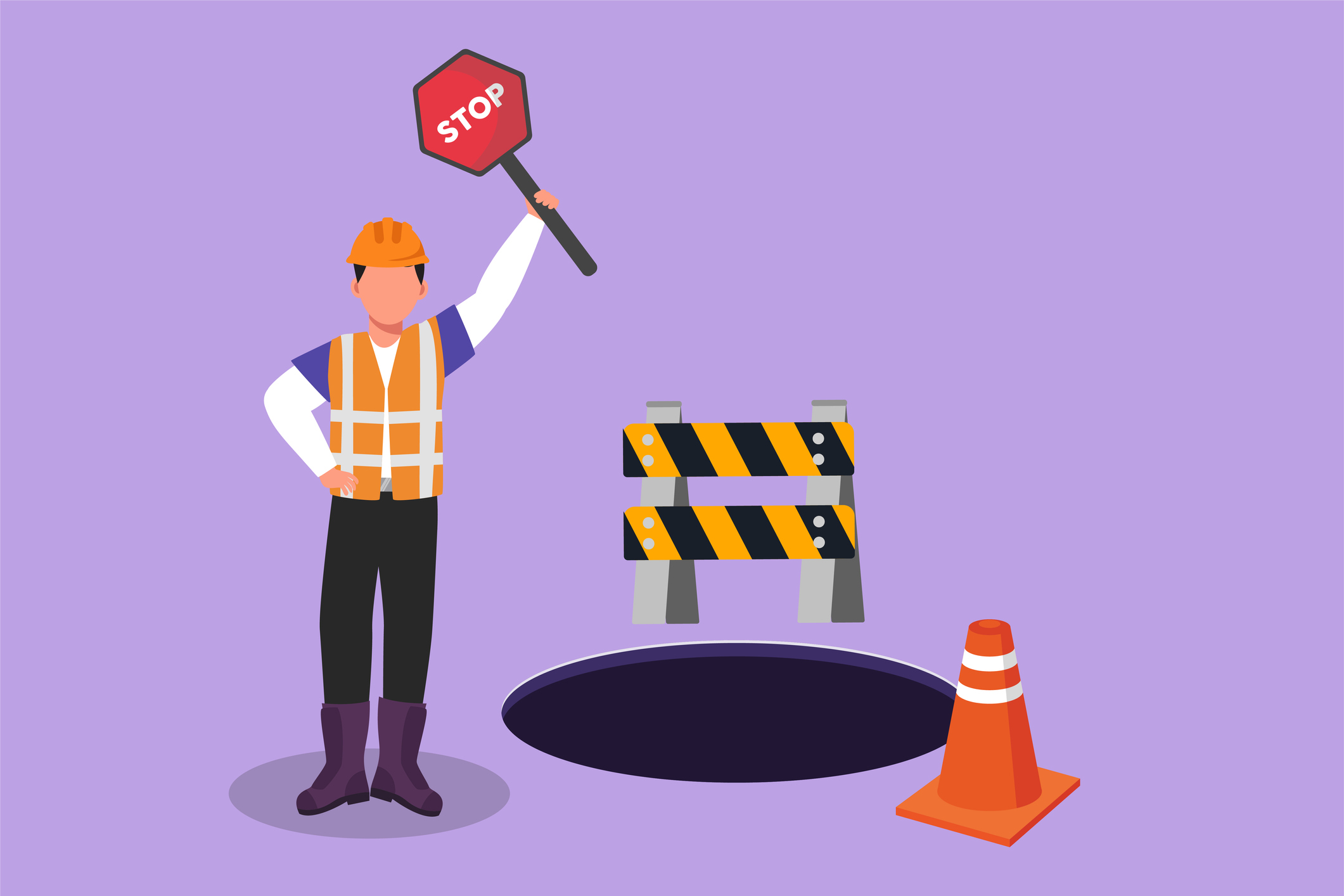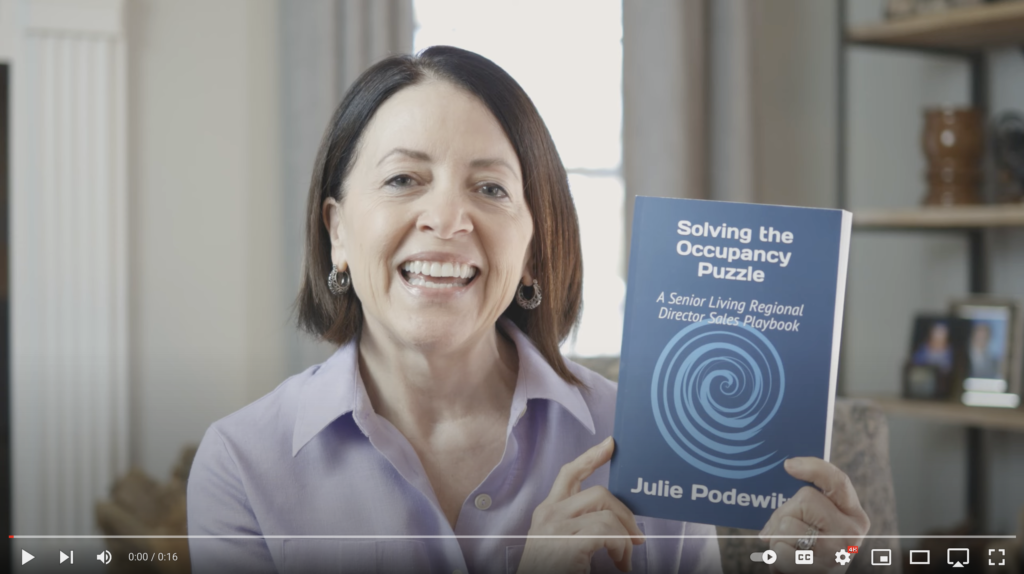Strategies for Generating New Sales Leads for Senior Living Communities
Generating new sales leads for senior living communities is an ongoing challenge that requires a blend of traditional and innovative sales and marketing strategies. Waiting in your sales office for the phone to ring, or for an older adult and their family to walk in off the street to tour your community are unlikely to drive occupancy growth. The same goes for spending time on non-sales activities like visiting with the residents, attending social networking events, being expected to join in on multiple weekly staff meetings, and manually writing long emails to your prospects.
Strategies for generating new sales leads for senior living communities
Here are some of our top lead generation tips for senior living sales and marketing teams:
Optimize your digital presence
Establish a strong online presence through a website that is user-friendly, has strong SEO, and incorporates content marketing like keyword-rich blogs, pillar pages, and gated downloadable content. Establish and maintain a strong paid SEM campaign, have lead conversion points on your site such as a chat, downloadable informational pieces, and a tour scheduler. Each time a click and action is required there is a 30% drop off in visitors. Be cognizant of this and make your digital customer journey as easy as possible.
Utilize online marketing
Targeted digital advertising will help you reach your potential residents and their families. There are paid ad options in a range of price points, from short-term Facebook post boosting for under $100 to the sky’s-the-limit ongoing Google Ads campaigns.
Engage with the local community
Connect your senior living community with your local area on a regular basis. Participate in local events relevant to seniors, host educational seminars at your community, and collaborate with healthcare providers on events like health and wellness fairs to increase visibility and generate referrals.
Implement a referral program
Your current residents, their families, and your staff can be some of your biggest cheerleaders. Develop a referral program that incentivizes them when a lead they referred moves into your community.
Personalize your follow-up
Use the notes you’ve added in your senior living CRM to personalize your follow-up with leads. Understanding their specific needs and concerns and connecting with them on those points can help to build a strong relationship that converts leads into residents.
Offer virtual tours and events
Virtually unheard of before the pandemic, virtual tours are here to stay because they’re an effective way to show off your community to a lead who may not be able to tour in person. Examples are seniors out of the area who may be relocating due to a family move, or perhaps a senior in rehab considering a move to senior living post-discharge.
Promote your community on social media
Utilize the broad array of social media platforms to showcase your community’s lifestyle, events, and success stories. Engaging content can attract new leads and enhance your community’s reputation. While Facebook is considered to be the top platform for engaging with seniors, AARP research shows that other platforms like Instagram, TikTok, and YouTube are growing in popularity with older adults.
Offer valuable educational content
Elevate yourself from a salesperson to a trusted advisor by providing your leads with valuable information about senior living options, financial planning, and wellness tips through blogs, eBooks, and webinars.
Leverage technology
Implement marketing automation and analytics to understand lead behavior better and tailor your marketing efforts more effectively. Go beyond the basics of only sending automated emails by supplementing your strategy with SMS text messaging and use a lead engagement tool on your website such as Occupancy Funnel.
Network with professional referral sources
Build relationships with local professionals like healthcare providers, elder law attorneys, financial advisors, and others who are in a position to advise older adults and refer them to your senior living community.
Seek feedback for continuous improvement
Regularly collect feedback from prospects about tours, events, and inquiries to improve your marketing strategies and address potential residents’ needs more effectively.
Conclusion
By implementing these lead generation strategies, senior living communities can set themselves apart in a competitive market, ultimately increasing occupancy rates and building a thriving community.
Learn more
Looking for more ways to generate new leads and drive strong occupancy growth? Grow Your Occupancy is here to help with sales coaching and training for your team, hiring and onboarding support, optimizing your sales funnel (Occupancy Funnel,) and more. Reach out to us today at [email protected] and let’s take your senior living sales to the next level.























